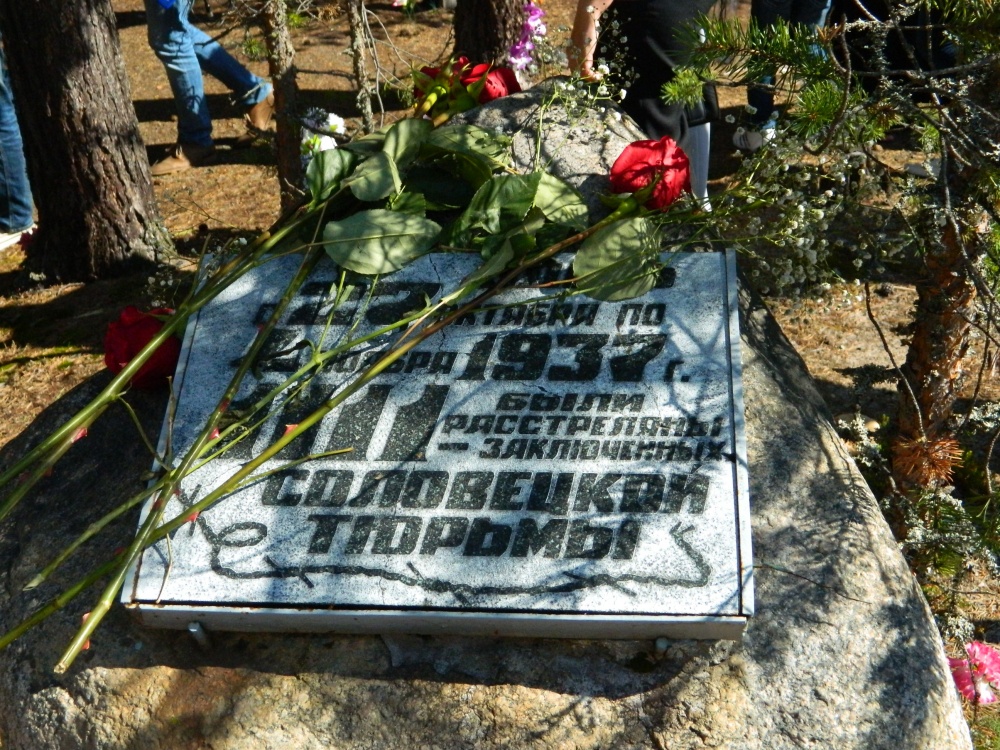On 21 October 2023 it was reported that a memorial to “the victims of Soviet repression” had been demolished in Vladimir. Yet it was not the city’s only memorial of the kind.
In 2021, a gathering led by the local Memorial Society and supported by city authorities was held on the Day of Remembrance for the Victims of Political Remembrance (30 October) in the Bogoroditse-Rozhdestvenskoe monastery. Some kind of gathering will presumably take place there today.

Last year such meetings were organised across Russia, usually by the local authorities, and were sometimes attended as in Perm by successor organisations to Memorial (banned in early 2022).
A remarkable online resource, “Russia’s Necropolis of Terror and the Gulag” (also known as the Map of Memory) helps to make sense of this shifting official and public response. Today, some 1,800 sites are known across the country where the victims of the Soviet regime lie buried. In 2014, the Joffe Foundation contacted the local authorities for information about the location and use of such burial grounds and selected four hundred of the better documented for its proposed website.
2016
The Map of Memory duly appeared in 2016; an English version was launched on 5 August 2021. The sites it lists are scattered between town and country across the length and breadth of Russia. A few relate to the savagery of the Civil War; most were linked to the mass crimes of the 1930s to 1950s.
Continue reading
